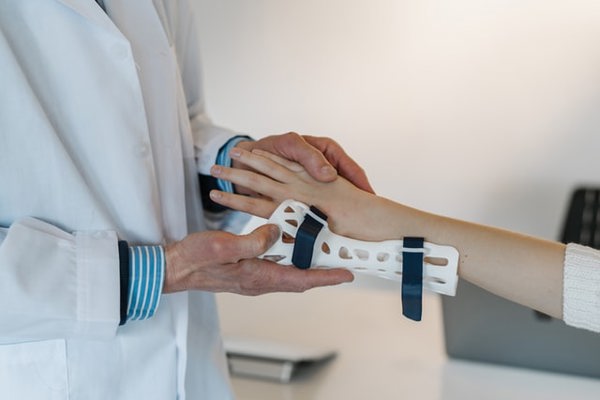Over many years video or photographic surveillance evidence has been used by accident lawyers and courts to help decide whether a claimant in an accident claim is exaggerating either the symptoms or the impact of an injury. In England Judges have adopted an approach that, in trying to reach a fair outcome, is likely to consider allowing surveillance evidence, even where the techniques used to obtain it may be considered to be improper. In Scotland the matter is less clear.
Accident at Work
The issue was considered by 5 judges in the Supreme Court in 2012 in Fairclough Homes v Shaun Summers where it was found that Mr Summers, who had an accident at work had maintained an exaggerated claim up to and including a hearing on evidence. The trial judge found that Mr Summers had committed fraud. He had claimed a large amount for lost earnings but had then been found working and had undergone an unnecessary surgical procedure in a futile attempt to prove the extent of his injury. Mr Summers who sought £840,000 for personal injury and loss of income was awarded just under £89,000 in damages.
Striking Out Order
The defendant appealed and asked the court to strike out his entire claim because of his wrongful conduct, which would have resulted in him receiving nothing. In its decision the Supreme Court said that there could be circumstances where a claim could be struck out in its entirety. In the present case however, even though Mr Summers' conduct was a serious abuse of the court's rules in accident cases, the court nevertheless refused to disallow his claim and he kept his damages.
In that case reference was made to Jones v University of Warwick where the court, despite agreeing with lawyer's arguments that an inquiry agent's methods were "improper and unjustified conduct" nevertheless allowed the evidence in order to deter improper conduct by claimants.
In the Jones case the claimant had an accident at work where she dropped a box on to her wrist. She alleged significant continuing disability and her lawyers claimed damages in excess of £135,000 for inability to work. The defendant admitted liability but contended that the claimant had virtually recovered and had no significant ongoing disability. An enquiry agent, acting for the defendant’s insurers, obtained access to the claimant’s home by posing as a market researcher and filmed the claimant using a hidden camera. The film was disclosed to the claimant. The first judge who heard the case ordered the evidence to be excluded but on appeal the evidence was allowed because of its These cases show that claimants who are not honest about their injuries may be disbelieved and receive a lower damages award. The Court will be likely to consider any impartial evidence shedding light on the claim including video or photographic surveillance evidence.
If you'd like to speak with us, please don't hesitate to contact our team.


